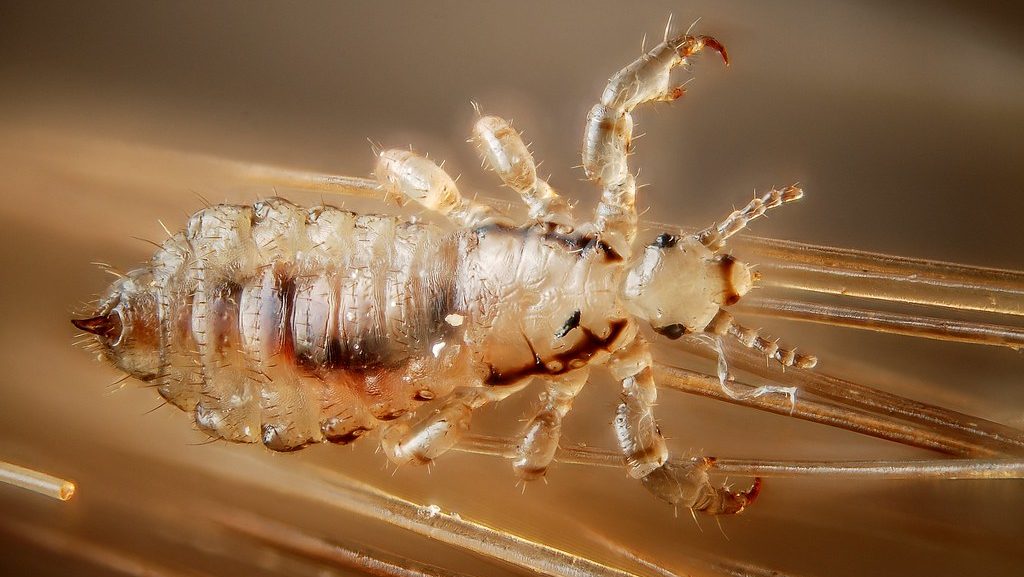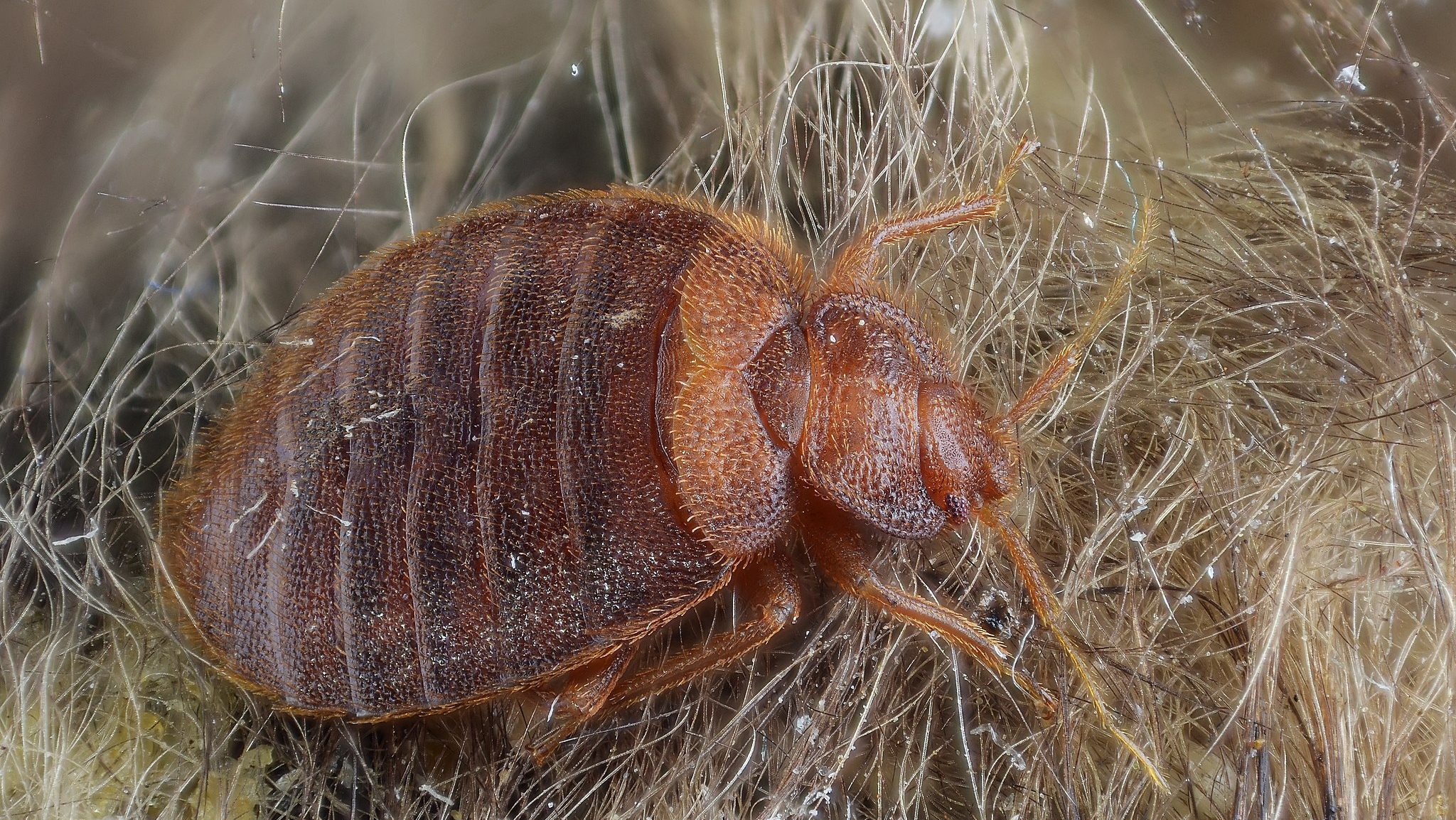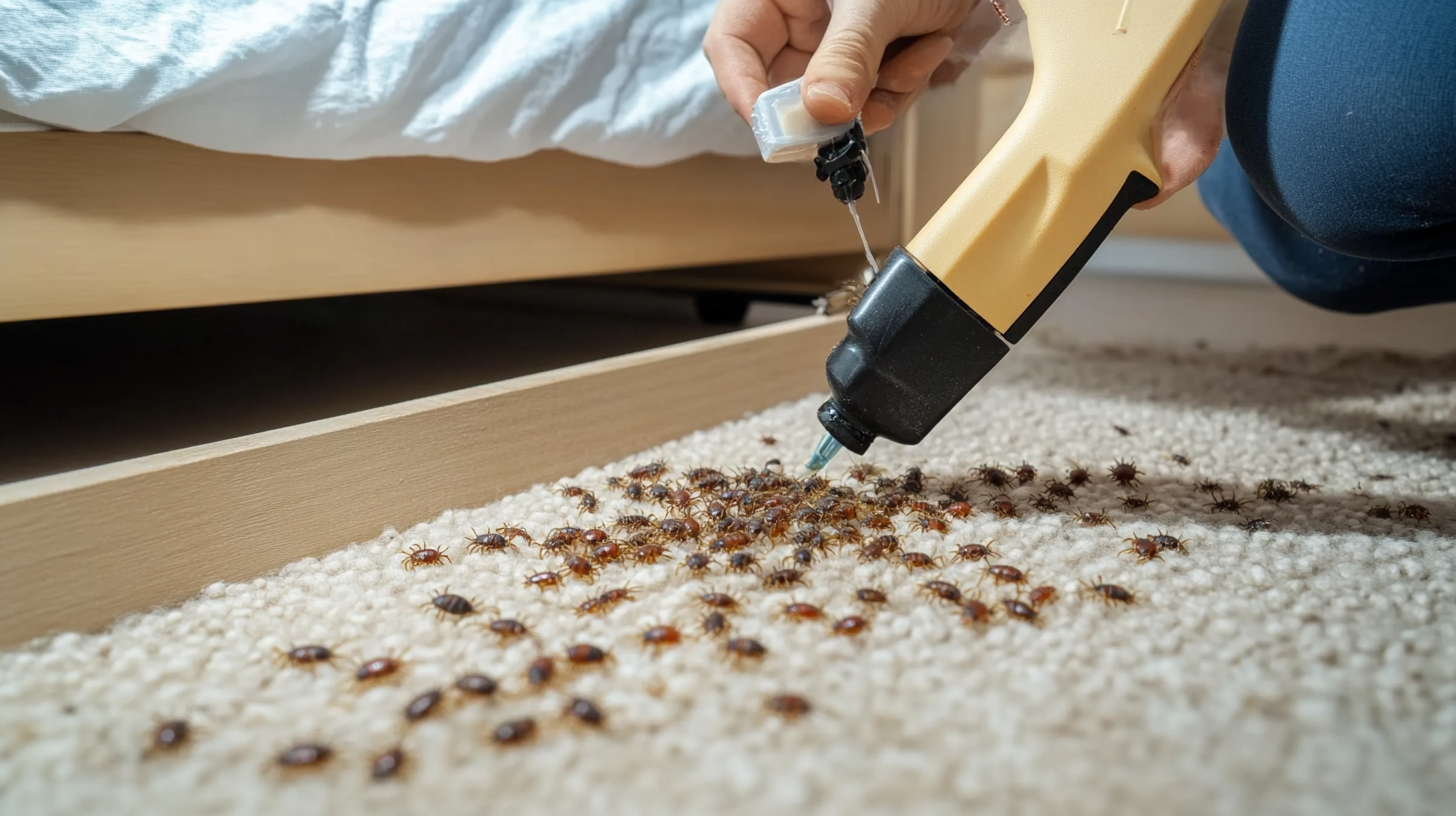Key Takeaways
-
Selective Biting: Bed bugs may prefer certain individuals based on body heat, CO₂ levels, and personal body chemistry.
-
Blood Type and Attraction: Preliminary studies suggest a possible preference for certain blood types, like type O, though more research is needed.
-
Immune Response: Some people don’t show visible reactions, while others develop welts due to stronger immune responses.
-
Allergic Reactions: Allergic individuals may suffer from intense redness, swelling, and itching after a bite.
-
Bite Characteristics: Bites typically appear in clusters or lines as small, itchy red bumps on exposed skin.
-
Preventative Measures: Reduce risk with mattress covers, sealing entry points, decluttering, and routine vacuuming.
 Bed bugs often cause sleepless nights with their irritating bites. For some people, bed bugs seem to be an unavoidable nuisance, while others in the same household may hardly notice them. Bed bugs are frustrating pests that can invade homes and cause discomfort through their bites. Interestingly, bed bugs bite often seem to appear on some individuals more than others, leaving others seemingly untouched.
In this article, we’ll understand the reasons behind bed bug bite preferences and explore ways to protect yourself from them.
If you’re dealing with a persistent bed bug issue, professional intervention can ensure effective elimination. Our expert bed bug control services provide customized treatments to help restore your home’s comfort quickly and safely. To know more about about home’s pest situation, you can Book A Free Pest Inspection Visit from our company.
Bed bugs often cause sleepless nights with their irritating bites. For some people, bed bugs seem to be an unavoidable nuisance, while others in the same household may hardly notice them. Bed bugs are frustrating pests that can invade homes and cause discomfort through their bites. Interestingly, bed bugs bite often seem to appear on some individuals more than others, leaving others seemingly untouched.
In this article, we’ll understand the reasons behind bed bug bite preferences and explore ways to protect yourself from them.
If you’re dealing with a persistent bed bug issue, professional intervention can ensure effective elimination. Our expert bed bug control services provide customized treatments to help restore your home’s comfort quickly and safely. To know more about about home’s pest situation, you can Book A Free Pest Inspection Visit from our company.


Not getting a solution?
Get your free pest control estimate today!Do Bed Bugs Bite Some People More Than Others?
Bed bugs are small parasitic insects that consume blood, typically at night while their host is sleeping. Although they may bite everyone in a household, some people experience bites more frequently than others. Bed bug bites often result in red, itchy bumps, but why do these pests appear to favor some individuals over others? Let’s explore the factors behind this mysterious behavior and how to address it effectively.How Do Bed Bugs Feed?
Bed bugs are insects that consume the blood of humans and animals. Bed bugs are opportunistic feeders that prefer to feed while their hosts are asleep. Using their specialized mouthparts, called stylets, they pierce the skin and draw blood. During feeding, bed bugs inject saliva containing anticoagulants to prevent clotting. This process typically lasts 5–10 minutes and can leave behind itchy, irritated welts. What makes bed bugs particularly troublesome is their ability to hide during the day, making it difficult to detect an infestation until it’s already well-established. Bed bugs’ nocturnal habits and painless bites mean many people remain unaware of their presence until they start seeing bites or the pests themselves.
Why Do Bed Bugs Bite Some People and Not Others?
While bed bugs don’t intentionally select specific individuals, various factors can increase somebody’s chances to get bitten: Body Chemistry Bed bugs are attracted to carbon dioxide, body heat, and sweat. Individuals who emit more carbon dioxide or have higher body temperatures may draw more bed bugs. Unique body odors and skin chemistry can also play a role. Blood Type Some studies suggest bed bugs may prefer certain blood types, such as type O. However, more research is needed to confirm this theory. Immune Response
Not everyone reacts visibly to bed bug bites. People with strong immune responses may develop noticeable red, itchy welts, while others may show no reaction at all. This difference can create the impression that only certain people are being bitten.
Allergic Reactions
Some individuals are more allergic to the saliva injected by bed bugs during feeding, leading to more pronounced swelling, redness, and itching. This heightened reaction makes bites more noticeable.
Visit our Bed Bugs Control and DIY Guide sections for additional resources on hornets and ways to tackle a hornet infestation.
Immune Response
Not everyone reacts visibly to bed bug bites. People with strong immune responses may develop noticeable red, itchy welts, while others may show no reaction at all. This difference can create the impression that only certain people are being bitten.
Allergic Reactions
Some individuals are more allergic to the saliva injected by bed bugs during feeding, leading to more pronounced swelling, redness, and itching. This heightened reaction makes bites more noticeable.
Visit our Bed Bugs Control and DIY Guide sections for additional resources on hornets and ways to tackle a hornet infestation.

What do Bed Bug Bites Look Like?
Bed bug bites typically appear as small, red welts with a central puncture mark surrounded by swelling. They often occur in clusters or lines, indicating multiple feeding attempts in one area. Bed bugs target exposed skin, such as the arms, neck, face, and legs, with bites frequently found around the neck, hands, and feet. The severity of the itching depends on the individual’s skin sensitivity. Some people may experience intense itching and even allergic reactions, while others might have mild or no reactions at all. If you notice clusters of red bumps that appear overnight, it’s worth investigating your surroundings for signs of bed bugs.How to Prevent Bed Bug Bites
-
Inspect bedding for blood spots, dark stains, or eggs regularly.
-
Use bed bug-proof covers on mattresses and box springs.
-
Block cracks and holes in walls, baseboards, and furniture to eliminate hiding spots.
-
Declutter your home to reduce hiding places and make infestations easier to spot.
-
Vacuum carpets, furniture, and mattresses frequently to remove bed bugs and eggs.
Myths and Facts About Bed Bug Bites
There are many misconceptions about preventing bed bug bites and infestations. Knowing the facts can help you take the right steps to protect your home and family. Here are five common myths and the truths behind them:| Myth | Fact |
|---|---|
| Bed bugs only infest dirty homes. | Bed bugs can infest even the cleanest homes, as they are attracted to people, not dirt. |
| Bed bugs cannot survive in cold climates. | Bed bugs are resilient and can survive in a huge range of temperatures, including cold climates. |
| Using strong insect sprays will prevent all bed bug bites. | Many insect sprays are ineffective against bed bugs and may only kill on contact without addressing the infestation. |
| Bed bugs bite only at night. | While bed bugs show more activity at night, they can bite during the day if hungry and given the opportunity. |
| You can eliminate bed bugs by throwing away your mattress. | Bed bugs hide in many places, including furniture, cracks, and crevices, not just mattresses. |





